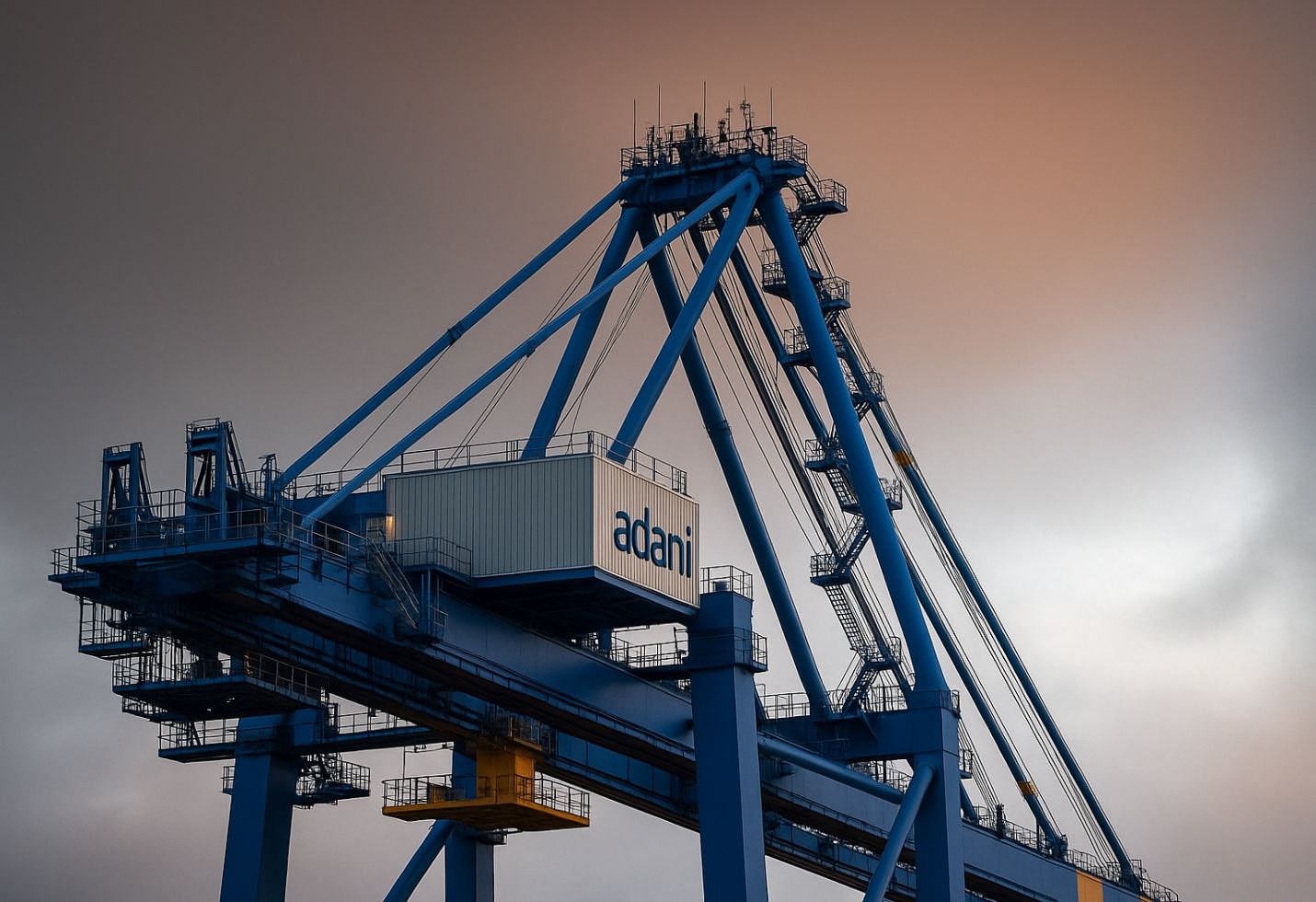Suzlon Soars 2% After Sealing Its Biggest Deal of FY26
India’s renewable energy sector has been buzzing with positive developments, and the latest news comes from one of the country’s leading wind energy players, Suzlon Energy. Suzlon share price rises 2% as it bags largest order of FY26, a milestone that not only reflects the company’s growing dominance in the wind power segment but also strengthens investor confidence in its future growth trajectory. With clean energy targets set aggressively by the Indian government, Suzlon’s new deal signals an acceleration toward sustainable energy generation while also serving as a boost for the company’s financial stability.
The Deal That Sparked Positive Momentum
The order that Suzlon has secured is reported to be the largest in FY26, both in terms of capacity and value. Market analysts suggest this deal involves the installation of multiple wind turbine generators across key renewable energy zones in India. Although the finer financial details of the project remain undisclosed, industry insiders confirm that the scale of the order will significantly contribute to Suzlon’s revenue pipeline for the fiscal year.
For investors, this means steady cash inflows, stronger quarterly results, and a reduction in debt burdens that have historically weighed on the company. The market responded almost immediately—Suzlon’s share price jumped by nearly 2% during intraday trade, reflecting investor optimism.
Why Suzlon’s growth matters for India
Suzlon Energy has long been regarded as a pioneer in India’s renewable energy space, with its focus on wind turbine design, manufacturing, and project execution. The company has been through financial ups and downs in the last decade, but its turnaround efforts are starting to pay off. This largest order of FY26 reaffirms its position as a trusted partner for India’s clean energy transition.
India’s renewable energy mission is ambitious, aiming for 500 GW of installed capacity by 2030. Wind energy is expected to play a critical role in achieving these targets. With Suzlon’s expertise, cost-competitive turbines, and established manufacturing base, the company is poised to benefit significantly from this transition. Moreover, the order aligns with India’s push to decarbonise its economy, reduce reliance on fossil fuels, and improve energy security. Every megawatt generated through wind energy contributes toward lowering carbon emissions, making Suzlon’s deal not just a corporate win but a national milestone.
Investor sentiment and stock performance
The rise in Suzlon’s share price, though modest at 2%, is symbolic of investor trust. For a stock that has delivered strong returns over the past few years, every incremental gain builds momentum. Analysts believe that the largest order of FY26 will improve Suzlon’s order book visibility, revenue projections, and overall valuation. Institutional investors, who have been watching the company’s debt restructuring and capacity expansion, are now more likely to increase their exposure. The company’s emphasis on technological innovation and cost efficiency further assures long-term growth potential. For retail investors, Suzlon’s rise demonstrates how renewable energy stocks can benefit from structural tailwinds in the sector. As global funds continue to pour into green energy, companies like Suzlon stand to attract both domestic and international capital.
Future Outlook
The company plans to expand manufacturing capabilities, launch next-generation turbine technology, and penetrate newer markets. By strengthening its R&D capabilities, Suzlon aims to enhance turbine efficiency, reduce levelized costs of energy (LCOE) and provide end-to-end solutions for clients. Delivering the project on time, ensuring high turbine reliability, and managing financial discipline will be crucial for sustaining momentum. If executed successfully, Suzlon can regain its place among the world’s leading renewable energy companies.
The bigger picture: Renewables as a growth engine
Suzlon’s latest success story cannot be viewed in isolation. India’s renewable energy landscape is rapidly evolving, with significant support from policy initiatives, green bonds, and international financing. Companies in this sector are not only creating shareholder value but also contributing to sustainable development, job creation, and technological innovation. Suzlon’s consistent focus on sustainability, community engagement, and innovation places it firmly within this new growth paradigm.
Conclusion
The news that Suzlon share price rises 2% as it bags largest order of FY26 is more than just a stock market update—it is a reflection of India’s clean energy momentum, investor confidence, and Suzlon’s ability to seize opportunities. While challenges such as execution risks and global supply chain disruptions remain, Suzlon’s proactive approach and growing market leadership make it a stock to watch. As India races toward its renewable energy goals, Suzlon is positioned not only as a corporate beneficiary but also as a key enabler of the nation’s green future.
The image added is for representation purposes only










